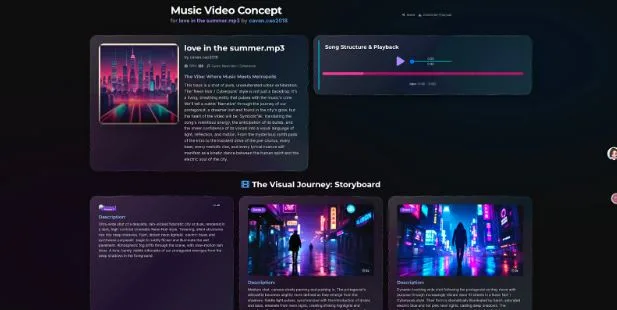Real-Time Traffic Monitoring: Improving Safety Through Data
In an increasingly interconnected world, road management and safety have become top priorities for construction companies, municipalities, and event planners. In the past, traffic control relied on static signposting, cones, or manual direction. Now, more data-driven and intelligent solutions are taking their place. Monitoring in real-time is one of this industry’s most innovative developments.
Real-time road monitoring is enabled by the integration of advanced sensors, cameras, communication, and software platforms. It allows for instantaneous feedback, rapid and accurate decision-making, and dynamic control. The evolution not only enhances traffic efficiency and improves workers’ safety, but it also increases driver and pedestrian safety. Real-time surveillance, in combination with traditional barricades as well as safety products, is the future of proactive road control.
What Is Real-Time Traffic Monitoring?
Real-time traffic management is the active management and control of roads using real-time data collection. These systems often include components, such as radar detectors or Bluetooth detectors. GPS tracking, surveillance camera, and cloud platforms are used to process the incoming data.
These technologies can detect traffic congestion, count vehicle speeds, analyze driver behaviour patterns, and even measure the speed of vehicles. By receiving real-time information, operators are able to adjust traffic flows, reroute drivers, deploy alerts, respond to emergencies, and more.
In areas at high risk (such as construction sites or intersections that are prone to accidents) this level of management can be the difference between a safe operation and chaos.
Enhancing Roadway Traffic Safety With Live Data
The main goal of any traffic-control strategy is to maintain safety for drivers, workers, or pedestrians. Real-time monitors help achieve this goal by giving teams the insights they need to take immediate measures.
As an example, when a sensor detects a vehicle speeding through a construction zone, it can activate a message board that flashes, warning drivers to lower their speeds. Alerts can also go to safety personnel. They may then decide to change the setup, adding barricades and safety products, to physically reduce or redirect traffic.
Using static systems alone, this kind of intelligent reaction was not possible. While cones are necessary for initial control and signs, real-time monitoring ensures these controls remain effective under changing conditions.
Better Traffic Flow = Safer Conditions
Congestion is not just a slowing of traffic. It also increases the possibility of collisions. Accidents in slower-moving areas are often caused by abrupt stops and lane changes.
Real-time monitoring is a great way to minimize these risks. It helps identify bottlenecks in real time before they become a danger. By analyzing vehicle counts as well as lane speeds and traffic flows, the software can suggest or automate changes such opening alternative lanes.
This improved traffic flow protects not only drivers but also construction workers and flaggers, who are at risk of aggressive or erratic driving in congested zones.
Integrate Safety Products And Barricades
Although real-time data has a major role to play in traffic control today, it is not able to replace the need for physical infrastructure. In fact, the combination of reliable barricades, safety products, and intelligent systems creates the strongest traffic control environment.
Mobile message boards, for example, can be connected with live monitoring systems to update automatically according to road conditions. Digital speed warning trailers can flash or adjust thresholds when a driver exceeds the posted speed limit. Temporary barriers can also be repositioned immediately if the traffic pattern changes.
This synergy improves the effectiveness of safety tools and adaptability to fast-paced work sites.
Reducing Response Time During Emergencies
Accidents or equipment failures as well as weather conditions may cause a traffic system to be disrupted instantly. In traditional traffic management, the person reporting the issue would have to wait for the team to arrive.
However, with real-time surveillance, systems can detect disruptions quickly and initiate protocols. Sensors are able to flag blocked lanes due to sudden debris or stalled vehicles. Alerts are then sent to local crews, police, or maintenance. In the meantime, digital signage and barricades that redirect traffic can be activated and adjusted.
This proactive approach minimizes the possibility of secondary accidents, injuries, or downtime.
Final Thoughts
As cities continue to grow and as transportation networks become more complicated, traffic control becomes more and more critical. Real-time surveillance is an excellent tool for meeting this demand. It provides instant insights as well rapid responses, which protects road users and employees.
When combined with proven physical products like barriers and safety products data-driven technologies transform the way in which we approach mobility and safety. What’s the result? Fewer traffic accidents, quicker commutes, and safer roads for everyone.






